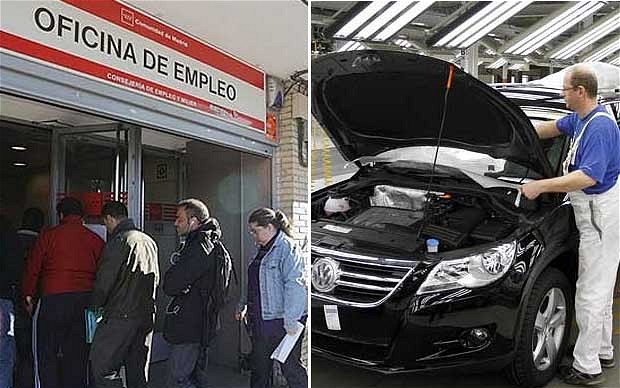
Compared with the previous month the number of unemployed people in the EU rose by 49,000 and in the eurozone by 34,000.
The overall unemployment rate in Spain has reached 25.1pc, while the latest data from Greece for June shows a figure of 24.4pc. The outlook is far more optimistic in Germany, however, where just 5.5pc of people are out of work.
Youth unemployment in the eurozone is stable at 22.8pc, down slightly from 22.9pc during July, but up from 20.7pc year-on-year.
The EU announced on Monday that it will reallocate an extra €2.7bn of structural funds to tackle youth unemployment, on top of the €7.3bn already identified.
The reallocation is part of the EU's "Youth Opportunities Initiative" which saw pilot programmes set up in the eight EU member states with the highest levels of youth joblessness: Greece, Spain, Portugal, Italy, Lithuania, Slovakia, Ireland and Latvia.
The EU claimed in May that the move would benefit at least 460,000 young people and 56,000 small businesses.
More than half of those under 25 living in Spain are now unemployed, with a rate of 52.9pc in August. The latest figures from Greece again date back to June, but show that 55.4pc of young people were out of work.
At the same time as the troubled eurozone states Greece and Spain are seeing youth unemployment rise, Germany has seen a fall from 8.5pc last year to 8.1pc in August.




Reader Comments
to our Newsletter